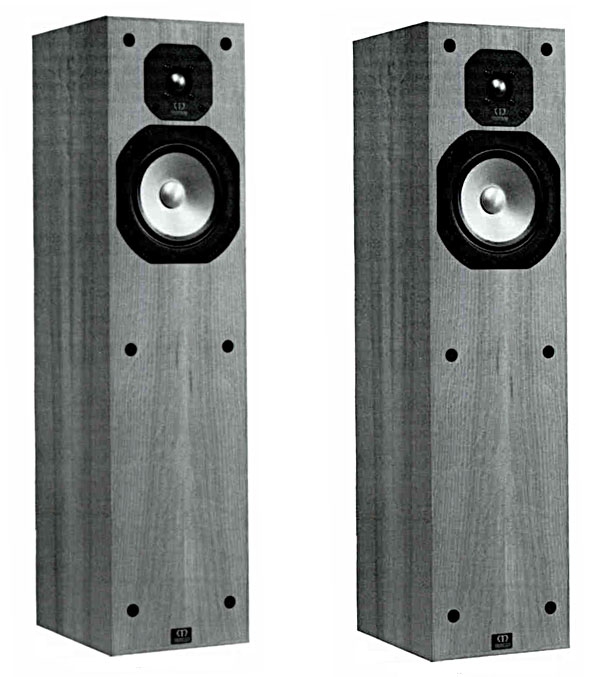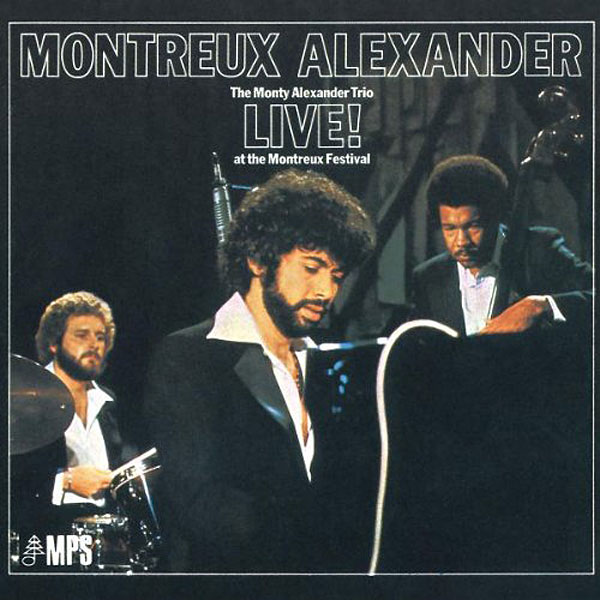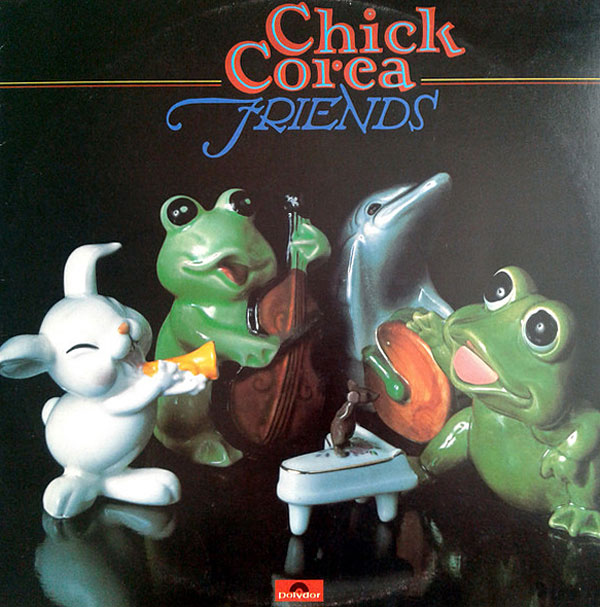| Columns Retired Columns & Blogs |
Interesting. $4500 in 1992 is equivalent to about $9500 today. So over time, as Monitor Audio has become more sophisticated, and its products evolved from two-way to three-way, 4-driver products (such is the case with Silver/Gold/Platinum floor-standing models), the relative price has fallen. I did not see in the article where the Studio 20s were manufactured. I assume that for a relatively high price like that, these were produced locally rather than in Asia. Seemingly, Monitor's move of production to Asia allows for us to consume the subsequent evolution of their products at a lower price. I own a pair of Platinum PL-300s, and they are quite good - even when compared with speakers on the other side of $50k. So I agree with many reviewers who typically conclude that Monitor Audio (especially the Silver series) is one of the great values in high-end audio. They seem to be a greater value as time progresses.









































